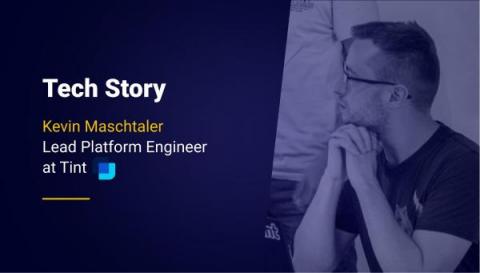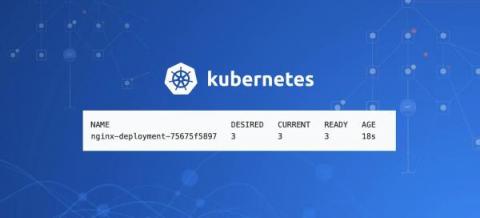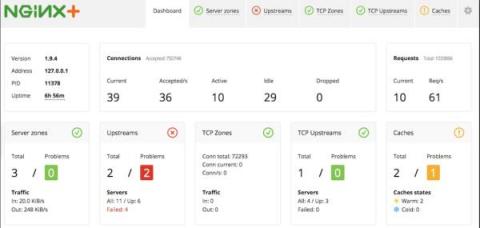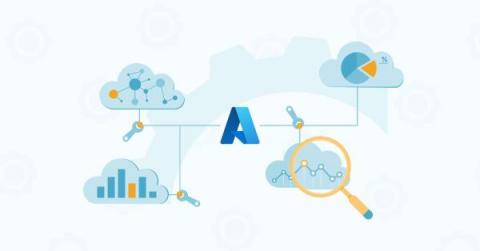Operations | Monitoring | ITSM | DevOps | Cloud
Latest News
How Tint Streamlines Infrastructure Automation and Meets Compliance Requirements
Maximize efficiency with Terraformer: Manage Squadcast resources via IaC
Best practices for continuous testing with Datadog
In Parts 1 and 2, we looked at how you can build and maintain effective test suites. These steps are a key part of ensuring that application workflows function as expected. But how you run your tests is another important point to consider, so in this post, we’ll walk through best practices for executing your tests across every stage of development. Along the way, we’ll also look at how Datadog supports these practices for the applications that you are already monitoring.
What is Git HEAD, and how should you use it?
Git is a powerful version-controlling system designed to quickly and effectively manage any project. If you’re one of the 83 million developers who use Git, you’ve probably heard of Git HEAD before. When working with Git, you can check out only one branch at a time – the current or active branch. Git HEAD refers to the tip of this active branch. This article will teach you about Git HEAD and how to find and check its status.
5 Ways to Ensure Success With Your Kubernetes Platform
Moving towards a Kubernetes platform might seem a simple move. You’ll ask your smartest engineers to get started. They will love a move towards cloud and container technology. However, if you want to realize maximum benefit as you start using a platform like Kubernetes, there is more to it.
How to monitor and troubleshoot NGINXPlus
As a continuation of our series for monitoring web servers with NGINX and APACHE, let us find out how to effectively and easily monitor and troubleshoot NGINXPlus using Netdata!
Epinio End of Year Wrap
This 2022 was an incredible year for Epinio, SUSE’s application development engine for Kubernetes, enabling developers to go from Code to URL in one push. We removed many dependencies in the first few months, increasing the deployment speed and shortening the development feedback loop. We standardized the installation process with Helm, dropping the original installer. We added many new features, such as Services, allowing developers to provision custom resources autonomously.











